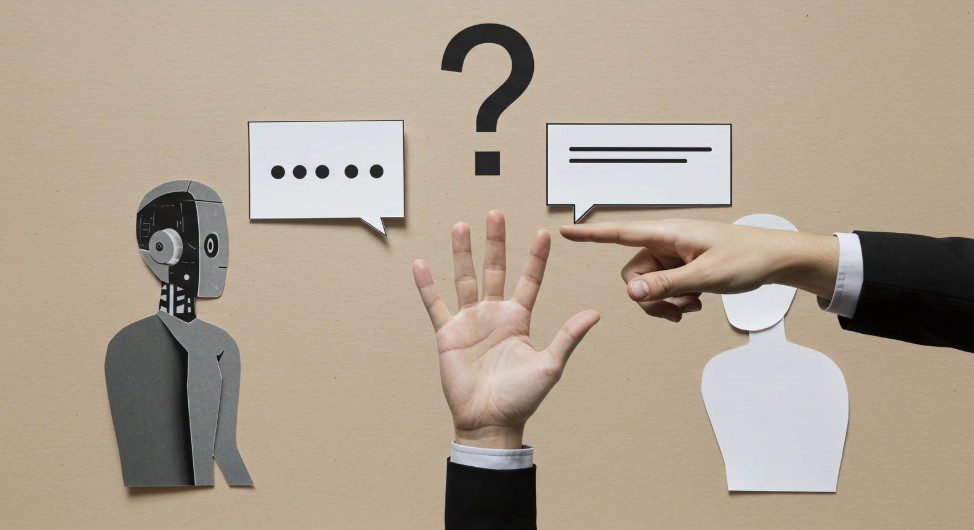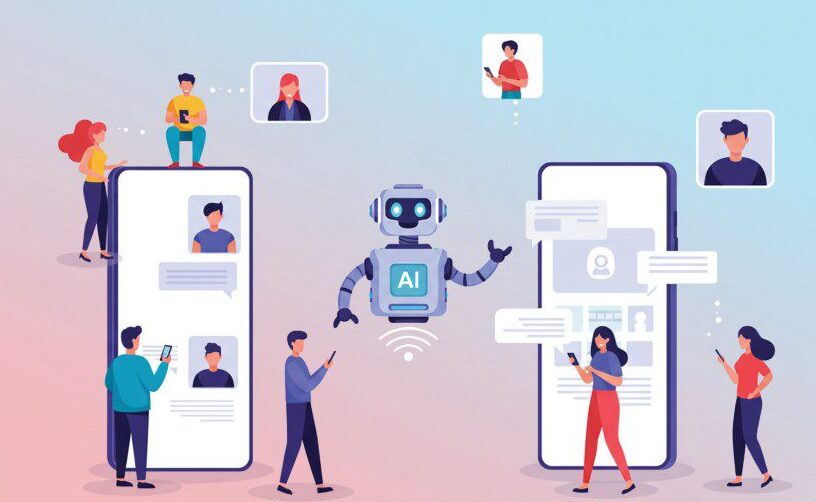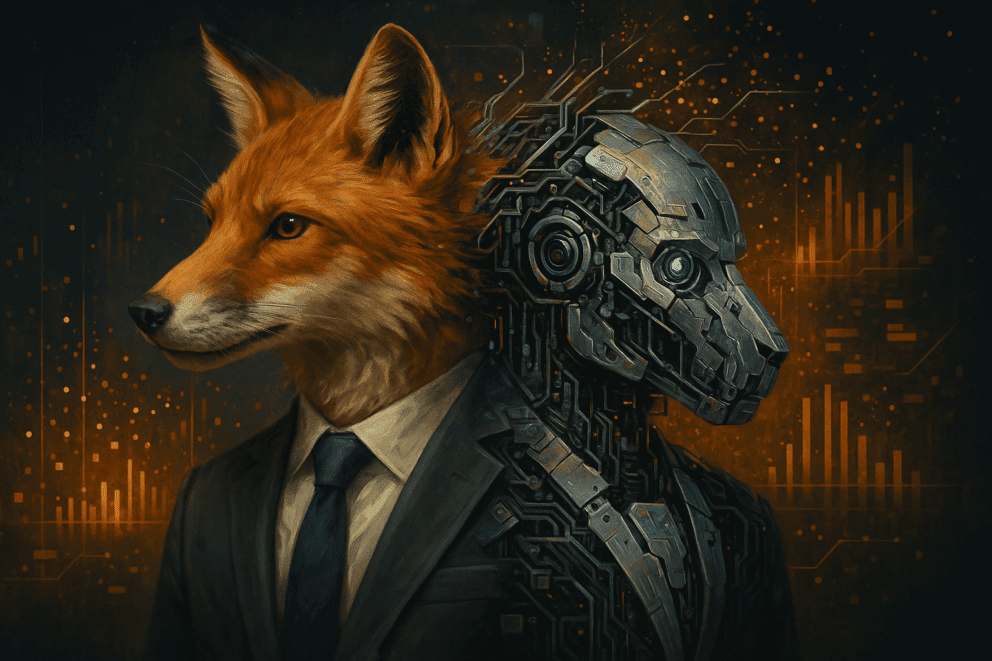AI will never replace time spent with customers. Trade show floors, advisory boards, VOC surveys—these are where the unique insights come from.
- Document customer language and objections, then use AI to scale those insights into campaigns.
- Encourage marketers to bring field observations into strategy discussions.
Protect budget and time for customer listening. AI is a multiplier of insights, not a substitute for them.
4. AI in B2B Marketing Still Needs Human Creativity
AI can remix the past. It can’t create bold new positioning. If every campaign is AI-generated, you risk commoditizing your message.
- Use AI to handle production work (summaries, formatting, drafts).
- Use your best talent for creative direction, storytelling, and differentiation.
Reassign human energy to higher-value activities by offloading repetitive work to AI.
5. Build an AI-Ready Culture
The greatest risk isn’t AI itself—it’s passive adoption. Without guidance, teams default to shortcuts.
- Train teams on how to use AI, not just which tool to use.
- Reward critical thinking and originality in deliverables, even when AI is in the workflow.
- Encourage teams to question outputs: “Does this reflect our ICP? Does this sharpen our positioning?”
Make AI literacy a competency, not just a convenience.
What Successful Organizations Are Doing (and Where Others Slip Up)
Talk to the CMOs who are getting real traction with AI and a few patterns emerge. They’re not treating it as a magic wand. They’re treating it as part of a system—one that amplifies their teams without replacing them.
What’s Working
- Playbooks, not experiments. Winning organizations aren’t leaving AI use to chance. They’re building clear guidelines: where AI fits, what needs human review, and how success is measured.
- Protecting the human edge. They offload repetitive production to AI so their teams can focus on what buyers actually notice—stories, ideas, and relationships.
- Feeding the machine clean inputs. They know AI is only as good as the data behind it. That means up-to-date product info, accurate ICPs, and consistent messaging across systems.
- Training, not assuming. Instead of hoping people figure it out, they’re teaching teams how to question outputs, spot bias, and use AI as a springboard rather than a crutch.
- Using AI where it makes sense. At the top of the funnel, AI helps with research, prospecting, and enrichment. But mid- and late-stage conversations stay firmly human-led.
Where Teams Go Wrong
- Hitting copy/paste. The fastest way to sound like every competitor is to ship AI output without refinement. Buyers spot it instantly.
- No guardrails. When everyone uses tools however they want, you end up with inconsistent tone, compliance risks, and wasted spend.
- Forgetting the customer. AI can surface patterns, but it doesn’t replace listening to a buyer on a call or talking to them on the show floor.
- Shiny object syndrome. Chasing new tools instead of tying AI usage back to pipeline and revenue impact.
- Data carelessness. Pasting sensitive information into external platforms without policies in place—opening the door to security headaches.
Conclusion
The winners in AI in B2B marketing won’t be the teams that simply adopt the tools—it will be the ones who set guardrails, protect creativity, and double down on customer intimacy. AI should not be your team’s brain. It should be the amplifier of their best thinking.
AI should not be your team’s brain. It should be the amplifier of their best thinking. If you’d like to talk about how to put these steps into practice, reach out to our team at accelerate@heinzmarketing.com.






